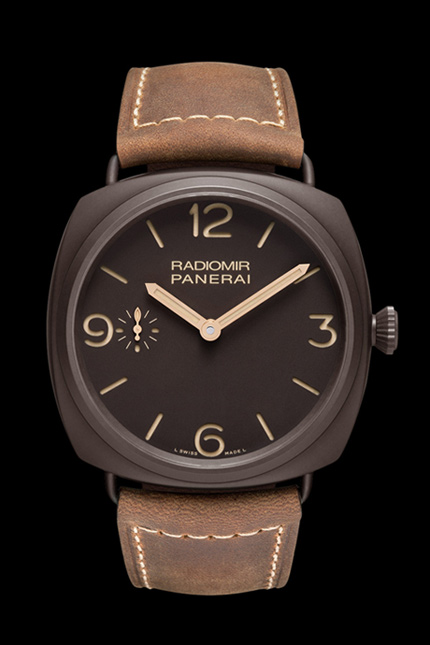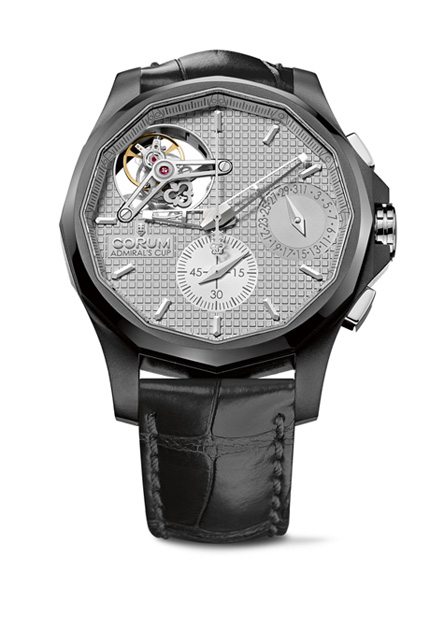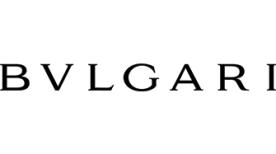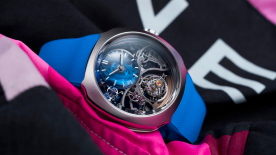Aluminium has everything going for it, or almost so. 75% lighter than steel and 40% lighter than titanium, it radiates a unique cool white radiance and is impervious to magnetic fields. What’s more, it is also easy to machine and resistant to corrosion because of its own natural protective oxide layer. The only problem with this metal is the very reason why it is used to make the famous kitchen foil we all know: its soft nature. It can be strengthened by shaping it into tubes or rods, as is done by car manufacturers who make considerable use of it. But it nonetheless remains vulnerable because it can be easily scratched and above all dented by even the smallest impact. A watch cannot risk appearing battered and worn after just a few weeks, as the owners of the first Bulgari Bulgari Aluminium models or the first Porsche Design watches from the 1970s may vividly recall.
To make the most of the many assets of this metal (not least among which is its moderate price), the watchmaking world has found some clever solutions. The first consists of using it in spots where it is well protected. These often include bezel inserts for diver’s watches that are sheltered by a steel ring; or the movement interiors of Richard Mille and Audemars Piguet watches, where it serves to make bridges. Moreover, the latter brand offers versions that are coloured by anodisation – a process also used by Hamilton to produce its blue, green, sand-toned, grey or black cases that are first hardened. Another solution lies in reinforcing the aluminium by creating mixed aluminium-titanium alloys: the first for its extreme lightness and the second for its extreme hardness. HYT uses it to make the case of its special Blue Alumen series composed of ALUN316B, a mixture of aluminium, titanium, magnesium and zirconium.

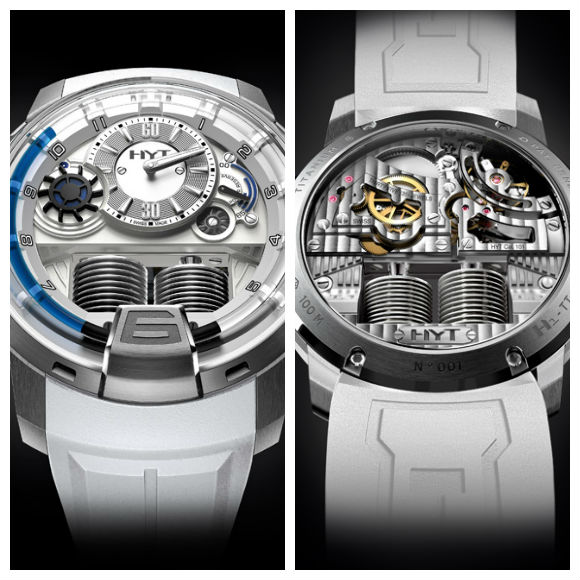
But the most surprising solution of all comes from one of the little-known properties of aluminium. It is a fundamental component of several high-tech ceramics – a material highly prized in the watch industry for its numerous properties, and in particular its resistance to abrasion (scratching). In 2010, Panerai presented the means it had found of leveraging this avant-garde chemical transformation in the shape of a material it called Composite. Corum soon followed suit with an all-aluminium case immersed in a plasma bath where it undergoes controlled oxidation in a particle-charged environment. Its surface reacts and is transformed into ceramic, while the rest of the case remains in aluminium. The core remains light, while the outer envelope becomes scratchproof, in a solution combining the best of both worlds. The last and by no means negligible advantage of this process is that the resulting ceramic is both 100% skin-friendly and anti-allergenic – properties that aluminium alone does not offer.
